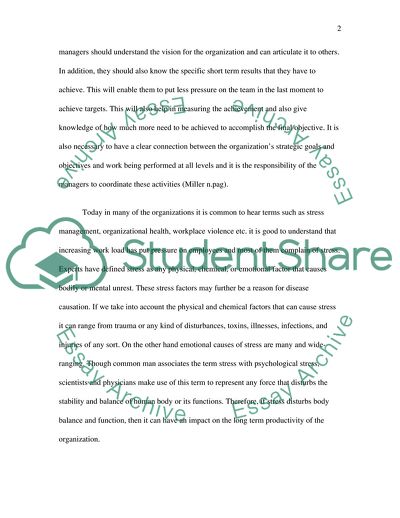Cite this document
(Organisational Behaviour and the Sociology of Work Assignment, n.d.)
Organisational Behaviour and the Sociology of Work Assignment. https://studentshare.org/human-resources/1708776-organisational-behaviour-and-the-sociology-of-work
Organisational Behaviour and the Sociology of Work Assignment. https://studentshare.org/human-resources/1708776-organisational-behaviour-and-the-sociology-of-work
(Organisational Behaviour and the Sociology of Work Assignment)
Organisational Behaviour and the Sociology of Work Assignment. https://studentshare.org/human-resources/1708776-organisational-behaviour-and-the-sociology-of-work.
Organisational Behaviour and the Sociology of Work Assignment. https://studentshare.org/human-resources/1708776-organisational-behaviour-and-the-sociology-of-work.
“Organisational Behaviour and the Sociology of Work Assignment”. https://studentshare.org/human-resources/1708776-organisational-behaviour-and-the-sociology-of-work.


